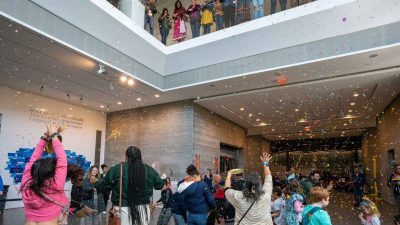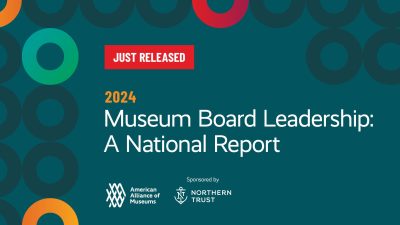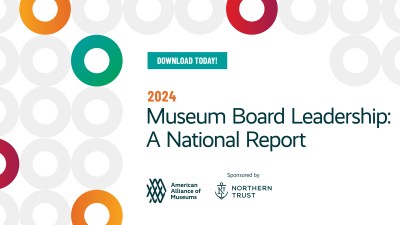
This article originally appeared in Museum magazine’s January/February 2024 issue, a benefit of AAM membership.
In May 2023, Dr. Vivek Murthy released Our Epidemic of Loneliness and Isolation: The U.S. Surgeon General’s Advisory on the Healing Effects of Social Connection and Community. Such advisories are issued to address “significant health challenges that require the nation’s immediate awareness and action.” The first, in 1964, tackled smoking and tobacco use. Subsequent advisories covered preventing and decreasing overweight and obesity (2001) and using naloxone to prevent opioid overdoses (2022). In this latest report, Murthy calls on the US to make the same investments in addressing social connection that we have made in combating tobacco use, obesity, and the addiction crisis.
What is the extent of this crisis?
About a third of US adults 45 and older suffer from loneliness; that figure rises to nearly 80 percent in young adults 18 to 24. The incidence of loneliness is particularly high among vulnerable older adults, including immigrants; lesbian, gay, bisexual, and transgender populations; minorities; and victims of elder abuse. Economists estimate that loneliness costs the US economy $406 billion a year due to lost work days and adds an estimated $6.7 billion a year to Medicare costs for socially isolated older adults.
Why is loneliness a significant health challenge?
Research shows that loneliness and isolation are linked to sleep problems, inflammation, and immune changes in younger adults. In older people, they’re tied to symptoms such as pain, insomnia, depression, anxiety, and shorter life span. In people of all ages, they are associated with higher risks of heart disease, stroke, diabetes, addiction, suicide, self-harm, and dementia.
What are some root causes of this epidemic?
More Americans are living alone. According to US Census data, the number of one-person households soared from 8 percent in 1940 to an estimated 29 percent in 2022. Now roughly 13 percent of American adults live alone, from 4 percent of adults 18–24 to 26 percent of those 65 and older.
The decline of organized religion. Churches have traditionally been a critical “third place” where people socialize and connect with their community, but participation in organized religion is at an all-time low, with roughly 3 in 10 adults now religiously unaffiliated. Sixty-eight percent of adults report attending religious services a few times a year or less.
The rise of social media. Teens spend an average of 4.8 hours a day on social media. While these platforms were initially hailed as a great connector, they have demonstrably contributed to the mental health crisis among young people by fostering unrealistic expectations regarding appearance and facilitating cyberbullying.
What can museums do?
The surgeon general’s report makes the following recommendations for how cultural organizations can help combat this epidemic:
Create opportunities and spaces for inclusive social connection and establish programs that foster positive and safe relationships.
Embed social connection in internal policies, practices, programs, and evaluations.
Actively seek and build partnerships with other community institutions…to create a culture of connection in the broader community.
Advance public education and awareness efforts to introduce and elevate the topic in programs and exhibits.
Create and provide education, resources, and support programs for community members and key populations: community-wide social events, volunteering, network-building, and professional development.
Foster a culture of connection in the broader community by highlighting examples of healthy social connection and leading by example.








Comments